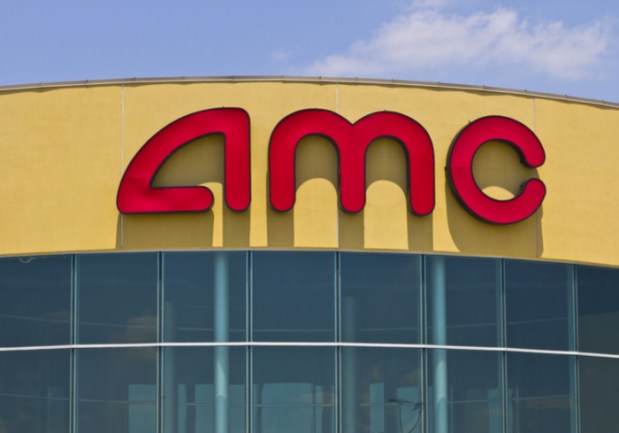Why AMC’s Subscription Service Is Soaring

MoviePass, as regular readers know, has fallen on rather rough times. The subscription service was designed to disrupt the industry: Instead of paying $9, $10 or even $13 or $14 to go to a movie, the theater customer of the future would instead subscribe to MoviePass for $9 a month, and be able to see a new movie every day of the week.
Basically, the all-you-can-eat buffet concept comes to movies with a lot of the same underlying principles. Some people will go back for thirds, but most people won’t eat any more than they otherwise would if it wasn’t marketed that way. The economics work thanks to the law of averages.
“Here’s the trick: 89 percent of American moviegoers only go to four or five movies a year. When they join MoviePass, they double their consumption and go to about 10 a year. That’s a little bit less than one a month. They balance out the 11 percent of the population that go 18 times before joining MoviePass, and then after that go three times a month. It works out. Over time, it actually works out to be about one movie per month per subscriber,” CEO Mitch Lowe explained.
The problem is that the law of averages really only comes into play when there is a very, very large base of subscribers. If everyone were MoviePass members, the heavy users would be balanced out by the movie guests who are basically the salad-eaters at the buffet — they go to the movies once a month.
Adding to that issue, MoviePass ran into a bad case of adverse selection with its early adopters. The earliest users turned out to be young, urban professionals who went to the movies a lot. That meant their movie tickets were, on the whole, more expensive — and they used up a lot of movie tickets. Those lower cost suburban and rural movie guests didn’t flock to the service, because those potential guest were also likely to be parents, a sub-group that MoviePass’s one ticket at a time structure is not ideally suited to service.
Buying all those tickets became a costly problem for MoviePass, which has been through a wide variety of permutations this summer as it struggles to stay in business, attract customers and struggle towards finding a way to make money off its highly troubled business model.
Unless, of course, AMC manages to steal their thunder and offer a better version of their business model while MoviePass is still struggling to find its footing.
Though adamant that they would not sign on with MoviePass, AMC has rather opportunistically realized that there is clearly a market for movies by subscription, and has accordingly launched its own subscription service for $20 a month.
And the people — perhaps put off by all of the recent restrictions that go into seeing a movie with MoviePass these days — are flocking to the new option, despite a price that’s nearly double MoviePass’. AMC’s Stubs A-List program has grown to 260,000 subscribers in its first seven weeks, the first 175,000 of which were netted in the first five weeks of the offering. AMC said the service, an extension of the company’s loyalty program, has accounted for about 1 million admissions, or roughly 4 percent of attendance at U.S. theaters.
“This is very good for AMC and very good for our movie studio partners as well,” AMC CEO Adam Aron said. “While one would think that the rate of sign-ups will inevitably have to slow down at some point, enrollments now are continuing at quite a brisk pace, getting AMC to scale much sooner than we initially anticipated.”
AMC has thrown its share of shade at MoviePass, calling the subscription service a “fringe player” with an unscalable business model, despite the 3 million members it already claims.
MoviePass initially made consumers a more tempting offer than what AMC is offering now — one movie a day, for each day of the month, for $9.99. That has now been slimmed down to three movies a month in an effort to cut the rate at which it burns cash — and not every movie or every showing is available: IMAX and 3D are out.
MoviePass, for all its problems, is persistent, noting that it accounts for 6 percent of all domestic movie tickets.
However, while the subscription model appeals to consumers, it also seems to be the case that paying to subsidize the tickets has proved unworkable for MoviePass. It’s not large enough to draw advertising from the movie industry, which is its apparent goal for financial stability in the future, but it’s also not small enough to have a business model that is such a flagrant money loss.
AMC, though it owns the theaters and thus avoids that bust out retail problem with the tickets, must still face a massive number of questions about whether offering 12 movies a month at a $20 price point is actually a sustainable model for theaters. It might drive attendance and concessions, but investors and analysts are worried that heavy usage will hurt profitability by cannibalizing full-price ticket sales, including IMAX screenings.
Aron said he was confident in the monthly fees, because they are twice as high as the competition, but would continue to monitor the situation closely.
